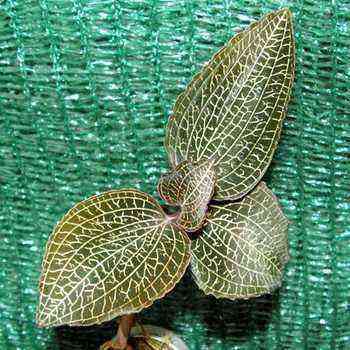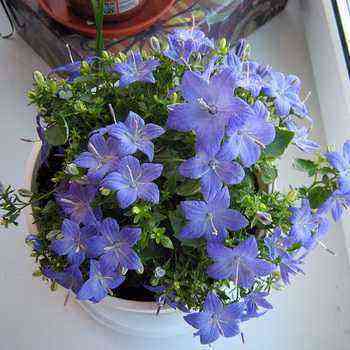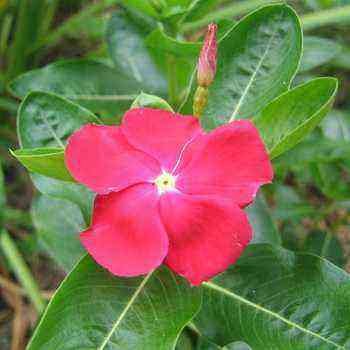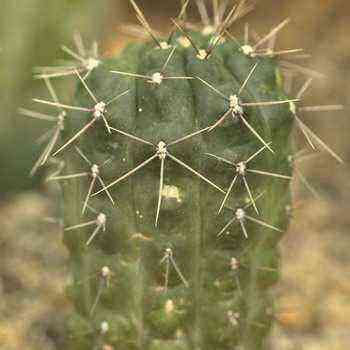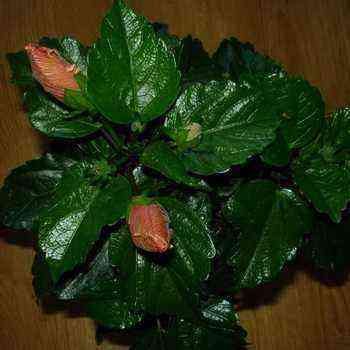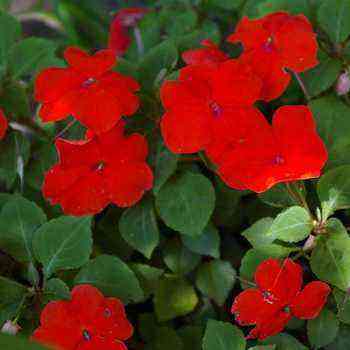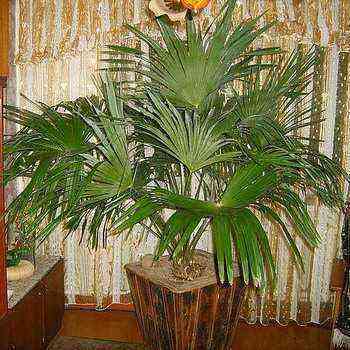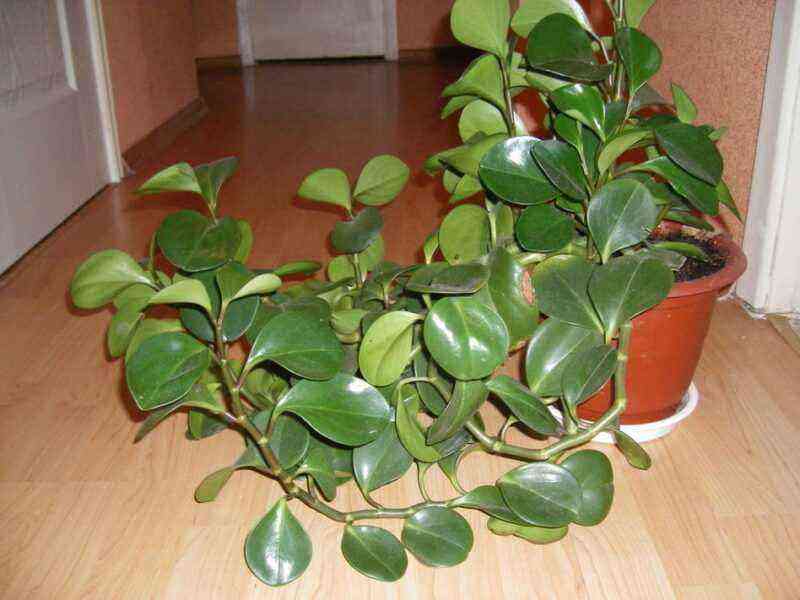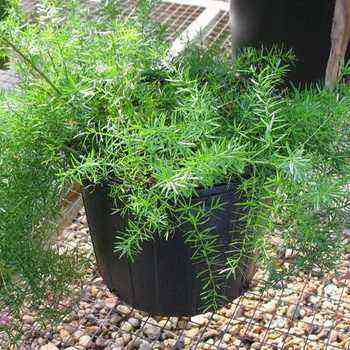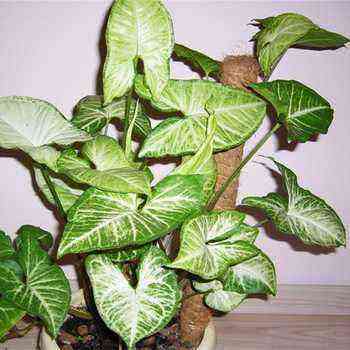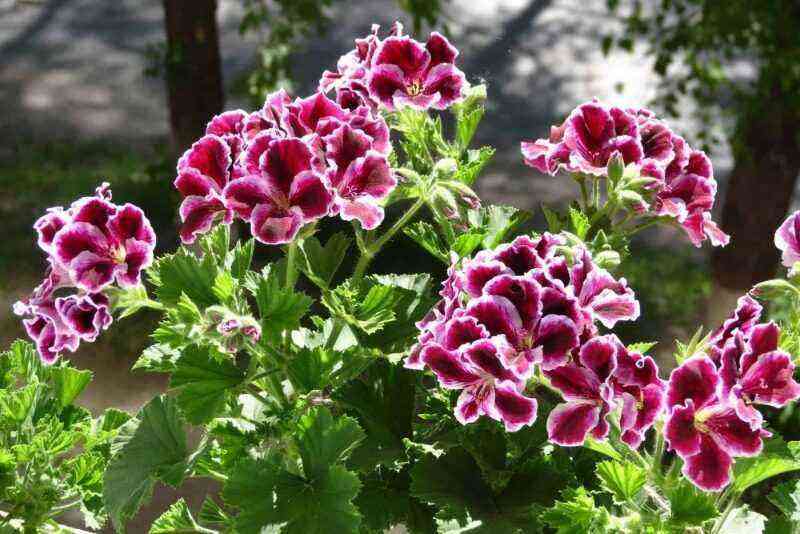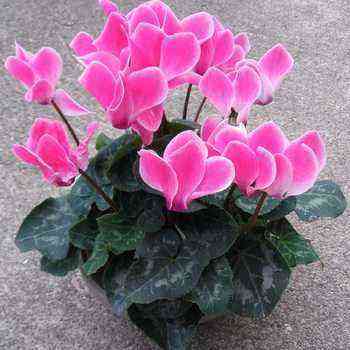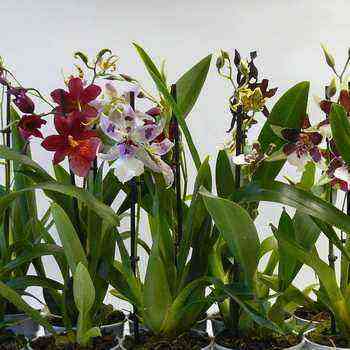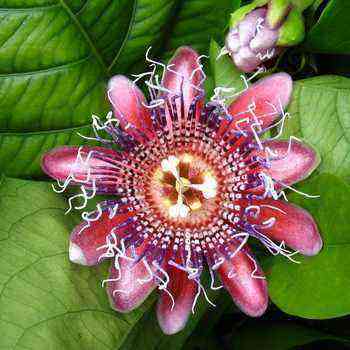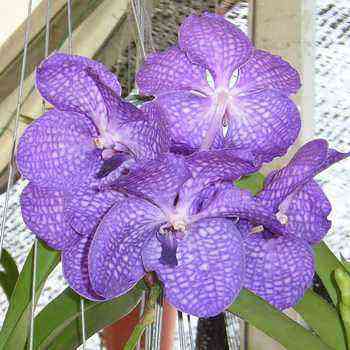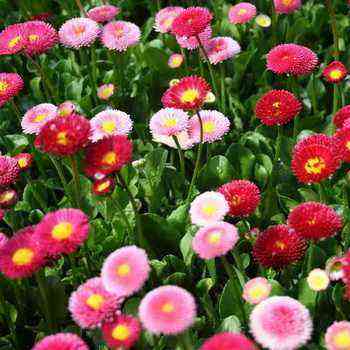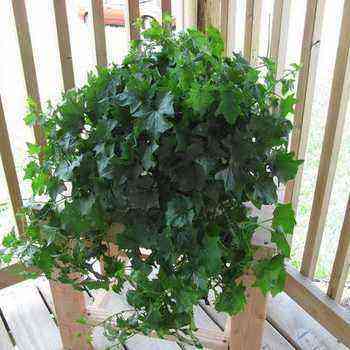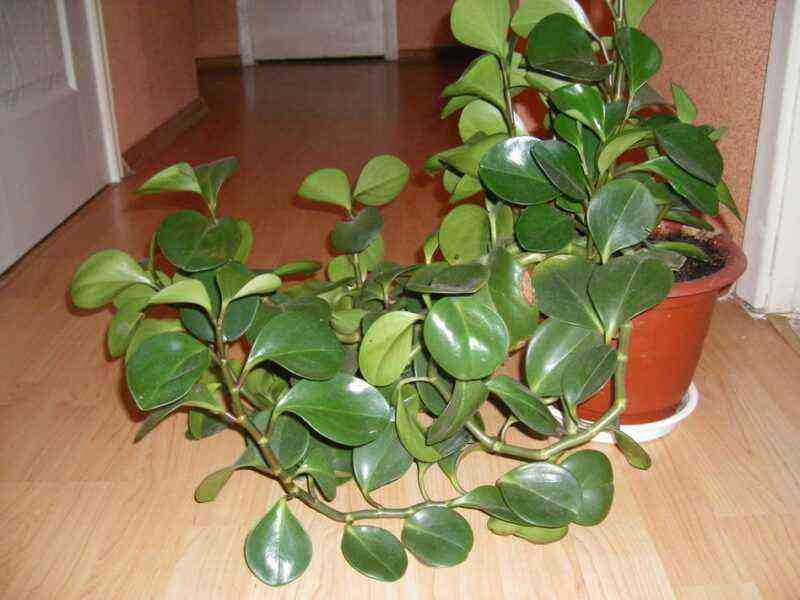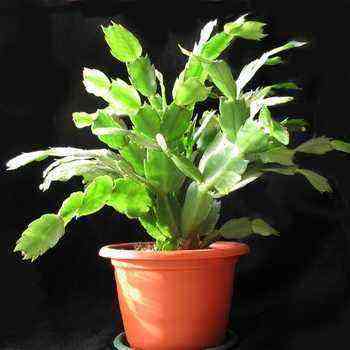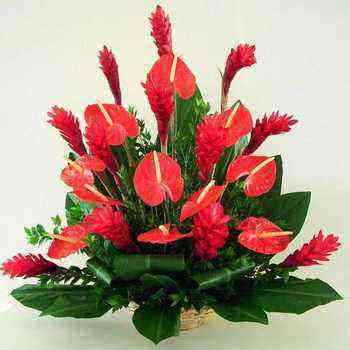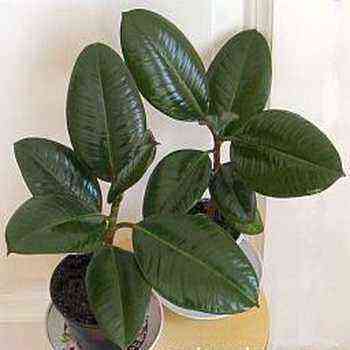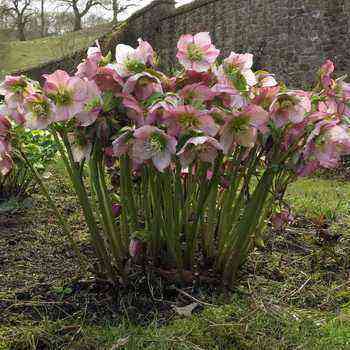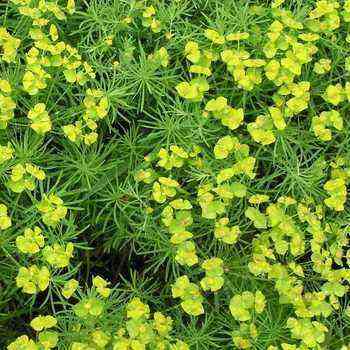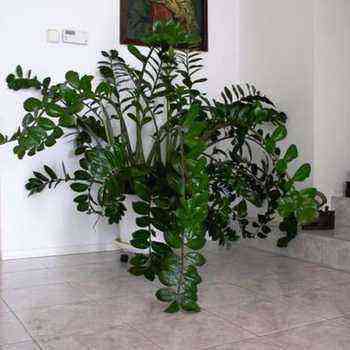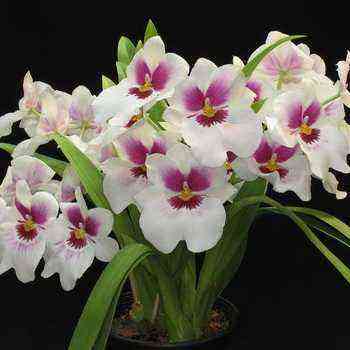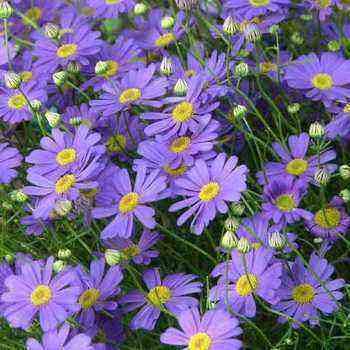Indoor flowers Calathea is a plant of the Marantovaya family, native to the countries of South America. Many of the calathea species are known as potted plants for their extraordinarily picturesque leaves and charming flower buds. The name originates from the ancient Greek word “Kalathos” – a basket (famous baskets and containers are woven from its carpels in the countries of Asia and South America).

The calathea plant has gained popularity due to the presence of unusually tough and huge leaves, which have proved to be very useful in the manufacture of small goods. Sometimes they are used unprocessed, for example, in Brazil, in fisheries, leaves are used instead of a wrapper for catch, in Colombia, artisans produce pots and containers from them (the most famous is a rice container from Thailand).
Calathea flower: photo and description
Most of the description of the calathea flower should be devoted to the decorative properties of the foliage. You can look at the photo of calathea and make sure that such a guest from the tropics will make your home unusually cozy and like an exotic paradise.
Calathea leaves have an unusual patterned ornament (the pattern can be absolutely any). In most members of the family, they are oblong-oval or lanceolate. Underground shoots form rhizomes, and they, in turn, form an inflorescence of leaves. The most elegant of the rosettes contains only one fully developed leaf. Their shade can be just green or yellow, or it can turn out to be pink, or, for example, silver.
Check out the numerous photos of calathea that we have prepared for you on this page:

Types of calathea with photo
Calathea has a huge number of variations and varieties, but most of them, due to the destruction of the usual living environment, are now under threat of complete extinction. The main types of calathea in the photo, which are presented here, can be purchased at a large flower shop. Also on sale there are seeds that have a high percentage of germination. However, by cuttings, you will quickly get the result in the form of a luxurious calathea bush.
Saffron calathea “Crocata”
Calathea crocata saffron has excellent decorative properties. This is perhaps the only species of this indoor plant that has such marvelous colors that rightfully compete with the exquisite beauty of the foliage. Taken together, we get an amazingly graceful plant that can delight your eye for almost the entire year.
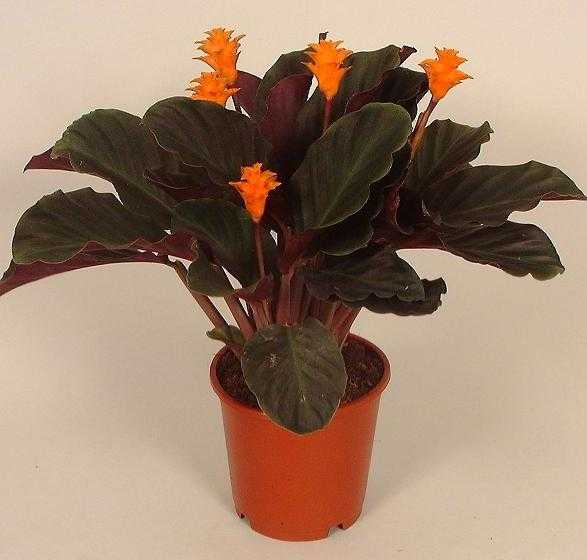
Naturally, long-term flowering of Crokata saffron calathea is achieved through proper care and timely feeding. But there is one secret. To ensure long-term flowering, it is necessary to transplant the bush into a new pot at least once a year, which will be 1 – 1 cm larger in diameter than the previous one, depending on the age of the plant.
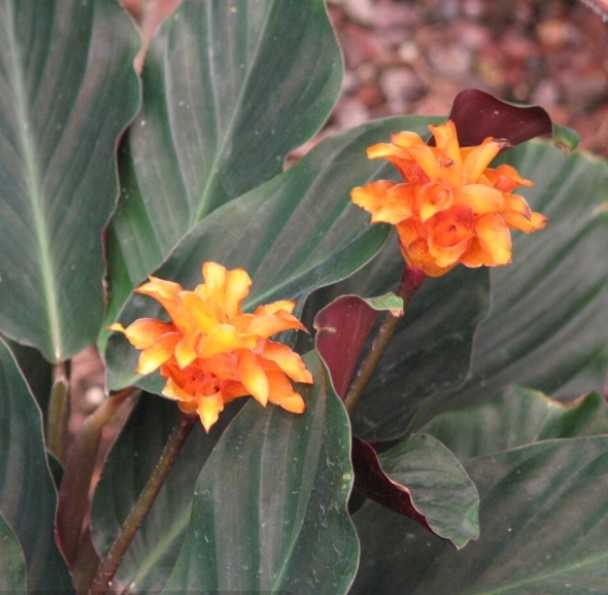
Krokata calathea bushes should be renewed every 3 years. To do this, use the method of dividing the bush.

Indoor calathea saffron blooms with bright orange and yellow inflorescences.

Ecuadorian species of calathea
Calathea allouia originally from Central America. All over the world, it is grown as a root vegetable for hot regions.
Calathea curaraya grown in Ecuador. The natural habitat of the flower is tropical and subtropical lowlands in forests.
Calathea ecuadoriana originally from Ecuador. The places of its distribution are subtropical and tropical forests and mountain slopes. The leaves have a standard greenish tint with light streaks, but from the turn they have a rich red or purple color. Calathea hagbergii lives in the tropics and subtropical mountain forests of Ecuador.
Calathea veitchiana originally from Ecuador. The first habitat was discovered back in 1862 by the American botanist Richard Pearce near Cuenca.
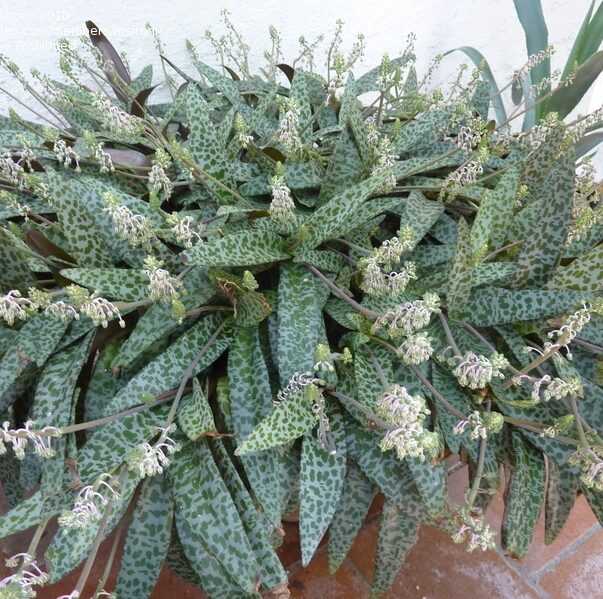
Calathea “Lancifolia”
Calathea “Lancifolia” (Calathea lancifolia) is a flowering variety of the Maranth category that lives in the forests and foothills of Brazil. It is absolutely undemanding – the main thing is that the temperature does not drop below 16 ̊С. In temperate regions, it may well play the role of decorating your windowsill, but again, the minimum temperature should be observed. Calathea “Lansifolia” can reach 80 cm in height, has thin, pistachio-colored leaves up to 50 centimeters in diameter, and at the bottom – purple color. You may notice dark spots all over their surface.
Calathea “Laseneri”
Calathea loeseneri is an integral part of the Marantov family. Her homeland is Ecuador, Bolivia, Peru and Colombia. The peculiarity of this species lies in its ability to grow at the level of one and a half meters. The flower has wonderful light green leaves and white pointed flowers.

Calathea “Makoya”
Indoor flowers Calathea makoyana is native to the forests and rocky regions of eastern Brazil. The flower can be up to 50 cm high, with rounded pale green leaves. The outer surface has dark green spots along the veins, while the reverse has an unusual purple hue. For normal life and growth, they need a soil and indoor temperature of at least 16 degrees Celsius. In temperate climates, it is often used as a window sill plant.

Calathea “Medallion”
Calathea picturata is native to northwestern Brazil. It reaches 40 centimeters in height, and its leaves are purple below and dark green outside (with silvery veins on the entire surface). The “Medallion” calathea species has a very delicate nature – the minimum temperature at which it grows quietly is 16 ̊С and the soil temperature is not less than 20 degrees – otherwise it will immediately start to rot. In our region, experts advise growing it in a closed, but sunny room with excellent humidity, like an ordinary houseplant.
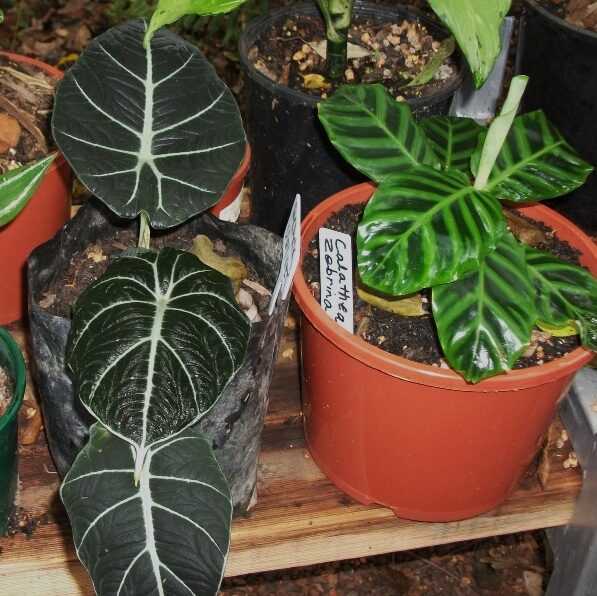
Less common types of calathea
Calathea orbifolia originally from Bolivia. The plant will feel great in incomplete shade at a high temperature of at least 10 ̊С.
Calathea roseopicta Is a familiar sight for northwestern Brazil. It is an evergreen, perennial plant with a stem length of up to 50 centimeters. The leaves are rounded, dark green above and red below. But this is not the only difference from the remaining species and variations – the leaves of calathea are covered with exotic spots of a creamy and pale pink hue around the veins and in the very core.
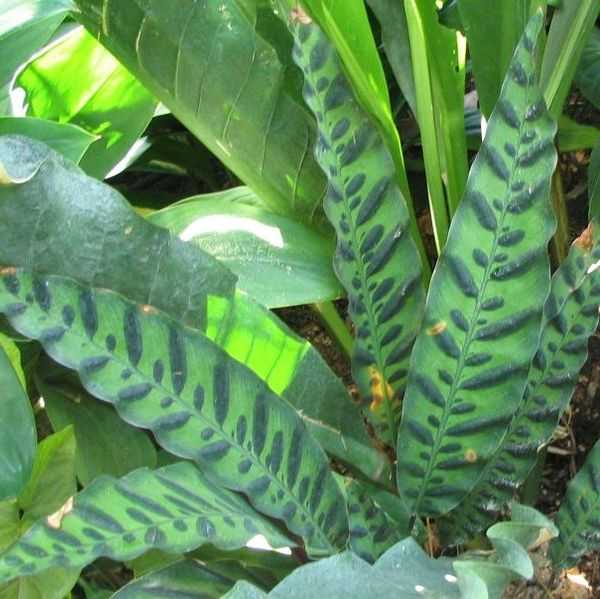
Calathea zebrina. This evergreen plant can grow up to one meter in length, stems are thirty centimeters, while the diameter of the leaves is at least fifty centimeters. As you can see, this type of calathea is not at all small, and it looks quite picturesque. The shade of the outer surface of the leaves is a rich green, and the bottom is red. Thorns, veins and fields are distinguished by a shade of lime green.
Caring for calathea at home
Indoor flowers, calathea, at home, are generally not demanding on special agrotechnical techniques. This is a rather unpretentious plant that pleases the human eye throughout the growing season.
Caring for calathea at home consists in regular watering, loosening the topsoil, since the root system needs oxygen to penetrate and remove carbon dioxide, fertilizing. To accelerate plant growth, we recommend using constant or diffused light in the room. Do not expose kalameya to direct sunlight – moisture from the leaves will evaporate, and this can cause dryness and premature falling of leaves and other diseases.
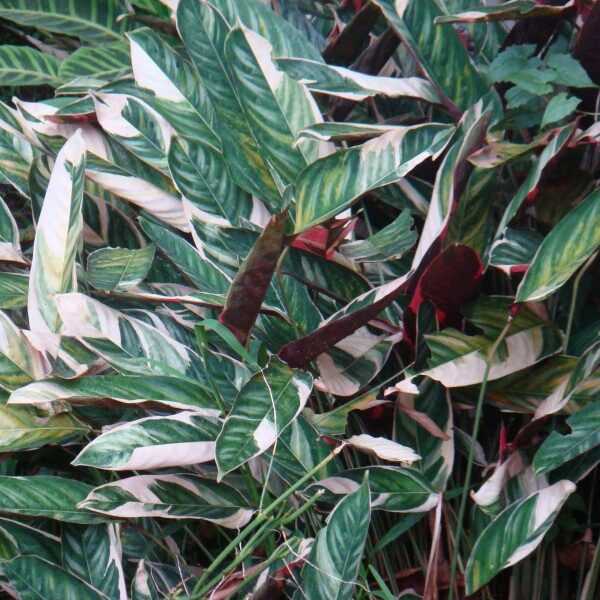
Since the calathea flower comes from tropical and subtropical regions, therefore, it needs a correspondingly high moisture. In winter, watering should be reduced, but during the spring and summer, the soil should be regularly moistened. The required moisture can be recreated with a humidifier in the room or a pebble dish placed under the plant pot (this will make it easier for moisture to penetrate the roots).
The air temperature should remain at 20 degrees (the plant is accustomed not only to a warm, but also a fairly humid atmosphere, so try to duplicate it in the conditions of your apartment). The soil should be well-drained and kept at a temperature of at least 18 degrees in winter, and around 23 degrees during spring and summer. You should also be aware that root hypothermia can kill the flower.
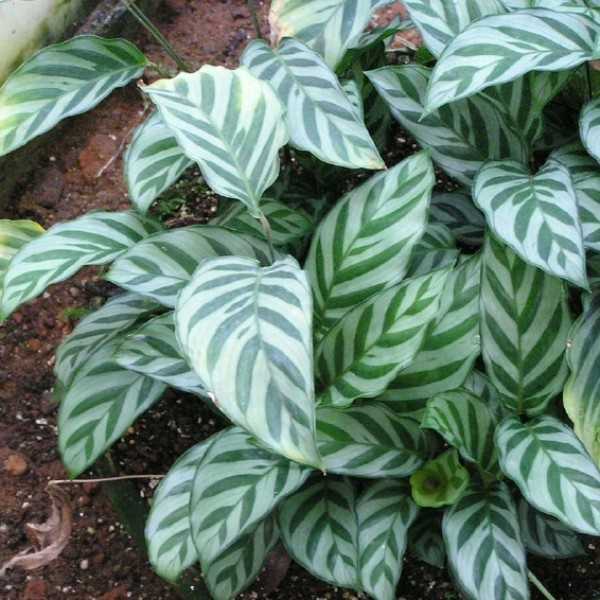
During growth, do not forget to feed the kalamea with mineral fertilizers for flower seedlings – once every two weeks from spring to autumn, and once every five to six weeks in winter. Timely care also does not hurt at all – wipe the leaves with a damp cloth and remove yellowed leaves, and varieties with velvet leaves must be sprayed next to the plant.
Reproduction and transplantation of calathea
Calathea is transplanted every year in late spring or early summer days – for young, and every two years for old flowering.
There are several ways to propagate calathea, but the fastest and most convenient is by dividing the rhizome. In adult plants, they are quite branched and you can safely remove them for further transplantation. The soil for a new flower should consist of a substrate of peat and sand with elements of leafy earth (if there is some charcoal available, then it can also be safely added to the soil). Please note that the finished soil must be sufficiently loose, slightly acidic and drained.
Then the pot with the finished seedling should be placed in polyethylene and stored in a warm room until the first leaves appear.
Calathea diseases: why do leaves turn yellow and dry?
The main problem in growing a plant at home is that the leaves of the calathea gradually turn yellow and dry. It is necessary to regularly inspect the bushes of flowers and determine if there is a problem. If the tips of the leaves are dry and brown, the air may be too dry. But they acquire a yellow color as a result of an overabundance or lack of nutrients in the soil. It should also be constantly damp, with regular watering – otherwise, the leaves begin to curl up and become stained.
The root cause of decayed and sluggish stems can be either low air temperature or excessively high humidity.
If the leaves fall off, it’s time to take care of sufficient moisture or, conversely, reduce the amount of watering. Calathea can be attacked by spider mites, scale insects, whiteflies, and mealybugs.
